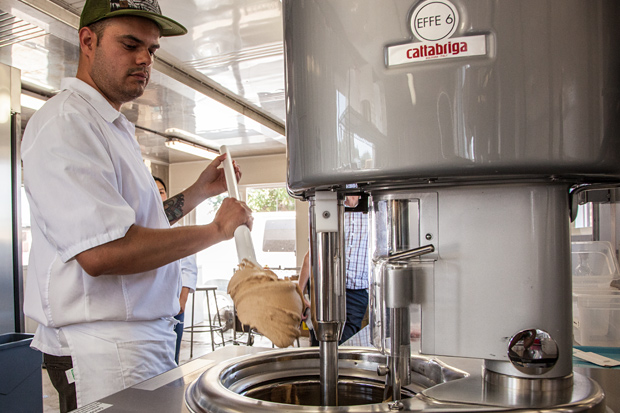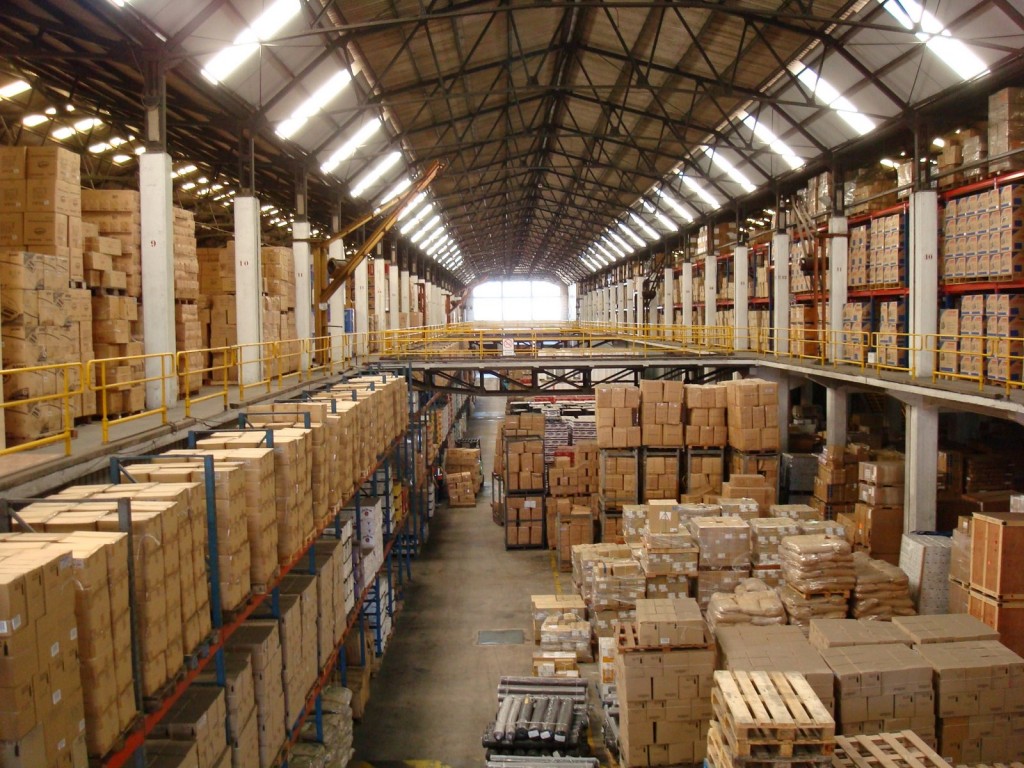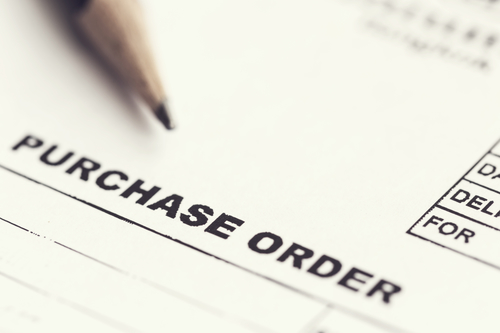Setting up Software for a Food Manufacturer

Mike, the owner of an ice cream factory, has his raw ingredients coming to stock in tens of heavy bags and containers. Yet each of his product needs only some grams of each.
He owns several good machines, yet it’s hard to plan production times, costs and efficiency because each is with different capacity and operating cost.
Now and then steps in a customer and asks for an ice cream, or even better, a hundred of each kind. Mike has an important question in his mind – what does his box of ice cream cost? – so he can be sure to charge the correct amount.
The issues Mike is facing:
- the number of filled packages from a production run always varies due to of air fluff created by stirring. Yet it’s important for him to know the real unit price of his ice cream which fluctuates with the amount fluff.
- done with pen and paper or on a spreadsheet, this calculation will become complicated fast. Over time some batches are being sold out while some not, in addition, prices of raw material and workforce fluctuate. Thus, keeping data accurate manually takes a lot of time.
This is what MRPeasy manufacturing software solves for you in real-time: the heavy lifting of data integrity and calculations. Always on-time and accurate.
MRPeasy links various inputs to the cost of the final product. It takes the exact cost of
- the ingredients used;
- packaging, gloves and other material used;
- labor;
- machines.
Adds them up and nails it down to a penny!
For that to happen, Mike needs to enter
- all the raw materials and their cost;
- end products;
- his machines;
- bills of materials and production steps for end products;
- correct reports of production.
Now it is no big deal if the price of raw ingredients changes or the most efficient machine is out of order – the real cost will always be there. MRPeasy helps you ensure the traceability of all ingredients and products, and at the same time uses this information to calculate the real cost of products.
This means that Mike does not need an hour to get the calculations right, the current and historical price is always there! Isn’t that easy?
How to set up process manufacturing in MRPeasy
- 1. Think carefully what units of measurement are used in stock.
In this case perhaps “lbs”, “kgs”, “l”, “ea”, “pcs” etc. If the vendors sell in bulk, then MRPeasy can automatically convert the vendor-specific unit to your base unit.
E.g. Vendor sells 1 unit of the ingredient in a bag (50lbs) and therefore MRPeasy converts it to 50 lbs of the ingredient.
Read how to set up unit conversions. - 2. Think carefully what is the unit of measurement of the end product.
- Is it open, stored in a big container? Then use “1 liter” or “1 kg”, etc.
- Is it defined by the packaging? Then perhaps “pcs”.
- Is it all of the preceding? Then it makes sense to have all of them as separate items in stock. You should produce the bulk product to base units (liter or kg) and from there to different packages.
- 3. Define the articles
Each ingredient has a unique article.
If the product is packaged into various containers, then for an effective setup you need to use Multi-level BOM. It’s simple:
a) the bulk product has one article. This is the open, unpackaged product.
b) each packaged end-product in a different container has a unique article. In addition, if you have a great number of packages shared over different product lines, you might want to use Matrix BOM for this. - 4. Define the Bills of Materials (BOMs).
Your BOM for bulk ice cream measured in liters (or kgs, lbs…) should say what ingredients each liter consists of.
Your BOM of each packaged product should state the amount of bulk ice cream in it, the package, label, and other used articles.
When for example just one pair of gloves is used in one production run, unrelated to the amount produced, then add the gloves to BOM with a Fixed Quantity.
Learn more about the BOM software. - 5. Define the machines/workstations.
a) One way is to have all of the same machines under one workstation type and then define each machine’s productivity accordingly. This is the standard solution. The desired machine would be chosen when creating the manufacturing order.
Important is to note that in this special case using the function “parallel execution of work operations” will not give a good result.
b) The second option is to have them listed as separate workstation types.
In this case, declare alternative routings (for each workstation type) for the product. - 6. Define the routings.
Take a look here.
The foundation is set and you just need to start manufacturing:
- 1. Create a manufacturing order.
Choose your product.
If several machines are available – choose the desired one. - 2. Report the correct quantities used when the manufacturing is running.
First, the software books the expected quantities of ingredients to use in production according to the BOM. The real quantity of produce and the real quantity of used ingredients needs to be reported. The unused ingredients can be released, and if more is used then you can take these from stock. - 3. Enjoy the accurate reports.
You’ll find the exact price per item of each production run in each sales order, also in the finished manufacturing order, and in each individual stock lot (i.e. each batch).
In the stock overview, you see the average price of all batches in stock. Plus, you’ll find many other great reports.
MRPeasy is perfectly suitable both for your process manufacturing or discrete manufacturing. As this example easily shows. Even further, here we have mixed elements of both manufacturing modes!



